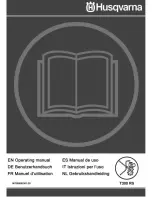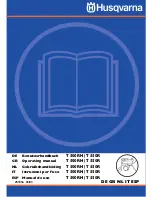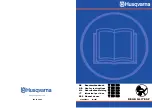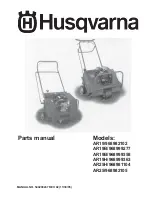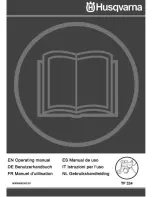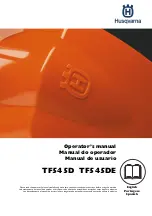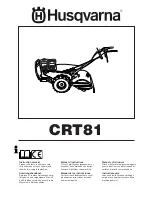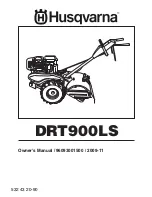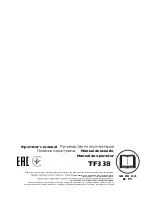
9
17.0 Pressure Relief Valve
Each module has a 650 psig pressure relief valve. The relief valve is installed on the receiver of the module and has a 3/8” thread connection.
18.0 Annual Maintenance
18.1 Electrical Components
a. Check all external interlocks.
b. Inspect compressor terminals.
c. Check compressor crankcase heater operation.
d. Tighten all contactors, relay and circuit breaker terminals.
e. Check and calibrate all compressor safety controls.
f. Check and record voltages and amperages for compressors.
g. Check and record amperages for pumps and condenser fans.
h. Check and calibrate low ambient/ fan cycling controls.
i. Inspect relay contacts for damage or pitting.
18.2 Refrigeration Circuits
a. Analyze refrigerant with tube type moisture/acid analyzer.
b. Check and record refrigerant subcooling and superheat.
c. Check liquid solenoid valves.
d. Check expansion valve and sensing bulb connections.
18.3 Chilled Water System
a. Clean pump strainers and system strainers.
b. Remove header caps and clean the ECHW strainers.
c. Check glycol, inhibitor content in system chilled water.
d. In severe cases where the chilled side water is contaminated the heat exchangers may need to be backflushed. Multistack has available a cleaning kit
do to this task. Please contact Multistack for more information if heat exchanger cleaning is needed. Be sure to use only chemicals compatible with
316L stainless steel and copper. Do not use bleach, or hydrochloric or sulfuric acids.
18.4 Condenser Coils.
The condenser side coils should be cleaned periodically of air born debris to maximize efficiency and heat exchange. Coil cleaner compatible with aluminum
and copper can be used. Coils can be washed with a garden hose or if careful a pressure washer. Be sure to wash the debris out from the backside of the coils
in order to avoid further compacting debris into the coils.
18.5 Cabinet and Related Hardware
a. Dry clean electrical panels, remove debris.
b. Apply protective coatings or wax if required.
19.0 Compressors
With any chiller system there is always the chance of compressor failure. In the event of a failure, proper steps should be taken to determine the cause of the
failure.
1. A motor burn due to a fault in the motor insulation is quite rare. Most burnouts are actually caused by a mechanical condition or lubrication problems.
In the event of a burnout, proper clean up procedures should be followed.
2. Check all electrical components of the circuit (contactors, fuses, wires, etc.).
3. If necessary, do a system clean up. Nu-Calgon RX-11 Flush, or Sporlan System Cleaner work well.
4. Replace the liquid line filter drier with burnout core.
5. Evacuate the system to a minimum of 500 microns and hold for 20 minutes.
6. Charge the circuit with virgin refrigerant. Charge with liquid into the discharge side. See refrigerant charge on nameplate data of unit.
7. Run the system with a burnout filter core for two-to-three weeks, then replace it with a standard core drier.




















